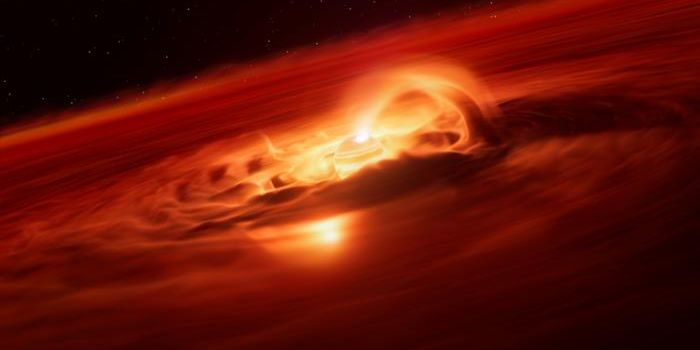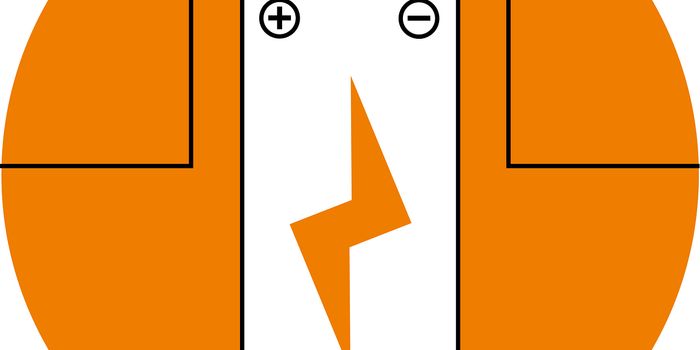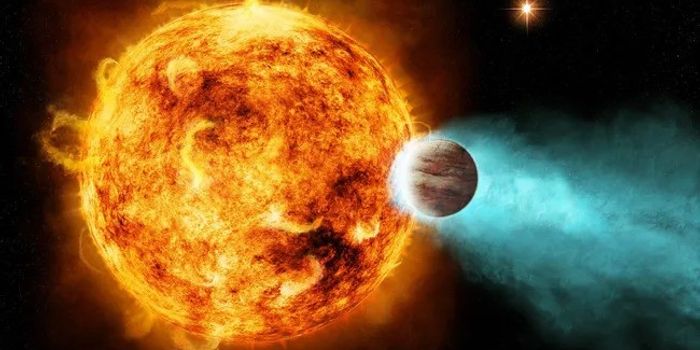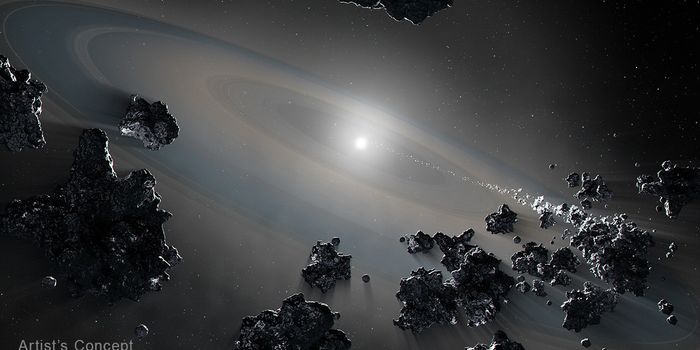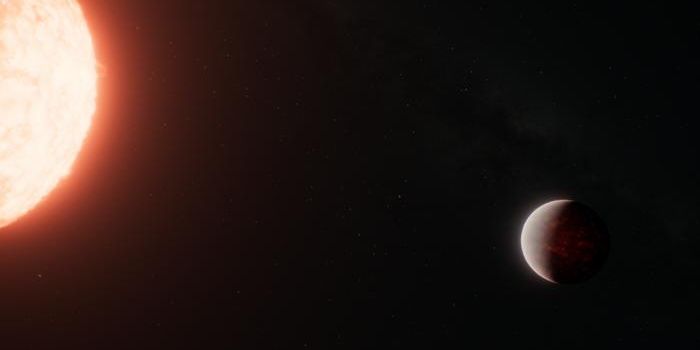The Future of Room-Temperature Superconductors
It begins with two diamonds, a pinch of carbon, sulfur, and a whiff of hydrogen gas. The result is the world’s first superconductor that functions just below room temperature.
A material’s conductivity is determined by how much energy is lost as an electron travels from one end to another. As electrons travel through a conductor, they bump into the conductor’s own atoms, and that causes them to slow down and lose energy along the way. A material with high conductivity means that there is little loss along this journey, and a material with a low conductivity means more electrical loss as currents pass through.
Superconductors are conductors that have zero energy loss from currents passing through. Historically, this has only been achieved at incredibly cold temperatures, just a few degrees above absolute zero, since electrical resistance all but vanishes at this temperature.
Ranga Dias’s diamond superconductor works at 14 °C, which is slightly below room temperature but feels like a sunny day when compared to the -100 °C temperatures that other superconductors need to function. This superconductor is in a class of compounds called Hydrides, which are gaining traction in the world of conduction research. Hydrides are made from Hydrogen and other elements, thus where their name comes from. From previous research on superconductors, scientists hypothesized that solid hydrogen would make for the ideal conductor. However, since hydrogen is a gas, researchers first had to get it into a solid state.
Unlike other elements, however, hydrogen is not so easily turned into a solid. Some had theorized that exposing hydrogen gas to extreme pressures could turn it into a solid, but then the research changed directions. In order to create a solid from a gas, researchers tried to combine the gas with other solid elements. This is when hydrides were born.
Between the two diamond anchors, carbon and sulfur are blasted with hydrogen gas until a solid is formed, known as CSH. Diamonds are the only material that can withstand and exert the amount of pressure needed to create this superconductor, but they don’t last forever. After a few weeks, even the diamonds will crack under the pressure (literally), and the superconductor will be lost.
There are those in the field of conduction research that doubt Dias’s research. For one, there is not enough evidence to prove that this room-temperature superconductor works anywhere else than the lab. Secondly, there are some key principles of superconductors that are not able to be tested, simply due to the nature of the setup of this experiment. There’s something that physicists call the “Meissner effect,” which is a technical term for the observed phenomenon that superconductors repel magnetic fields. Dias’s superconductor has not been shown to align with this effect, and that makes others skeptical.
For the time being, Dias is moving forward with a patent. The next step in his research is determining how to make his superconductor functional outside of the lab. To be able to use these superconductors in supercomputers, they need to be able to exist and function at a normal pressure, instead of pressures found at the Earth’s core. If he could achieve this, then the possibilities open up tremendously— more sustainable supercomputers, transmission lines that could move massive amounts of power with zero loss.
Sources: Science

